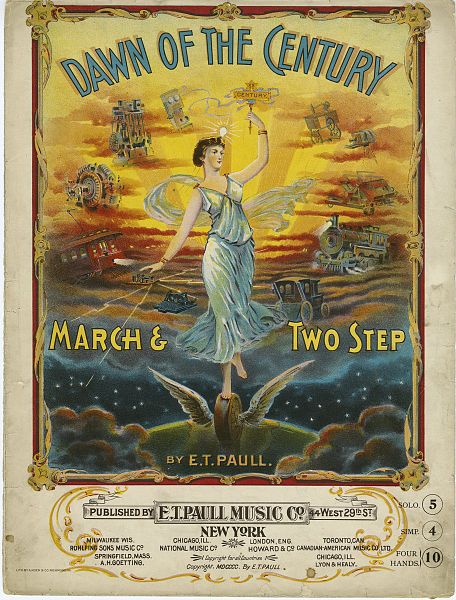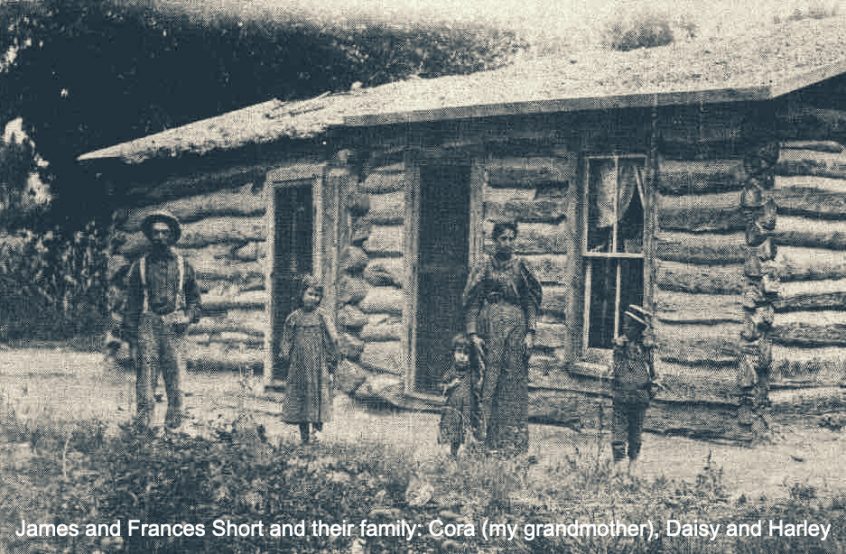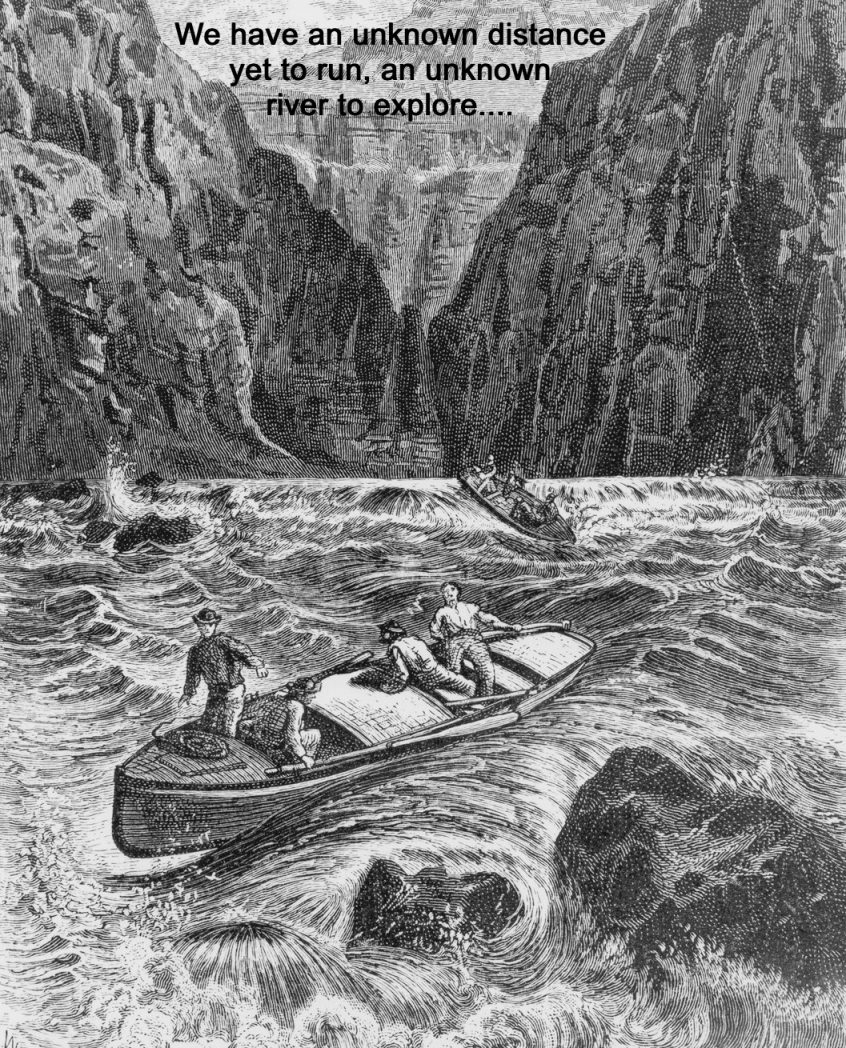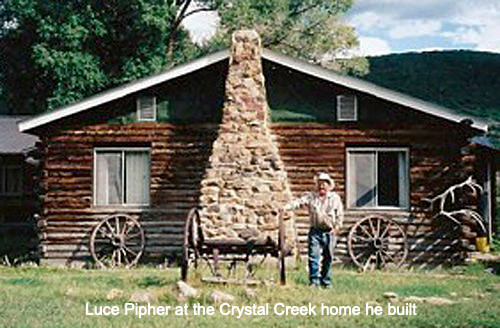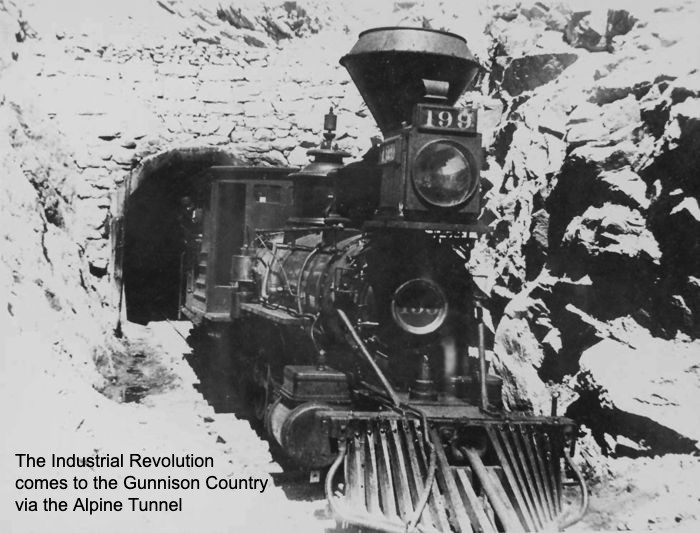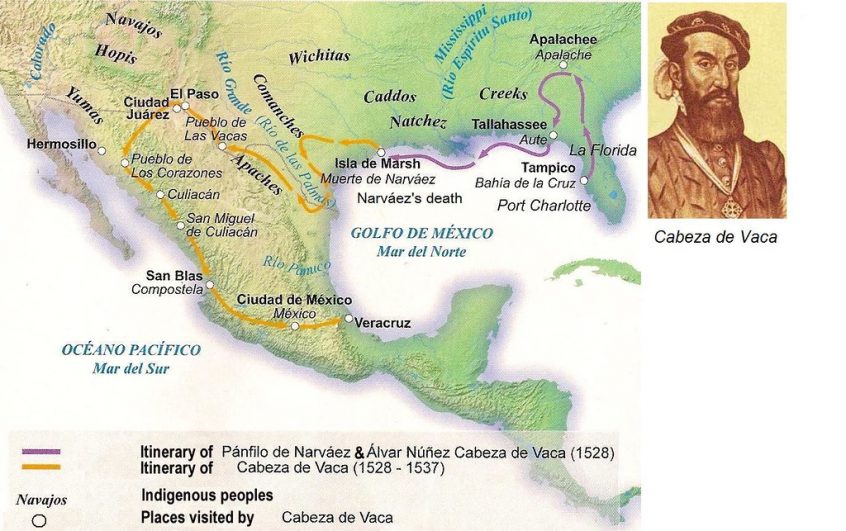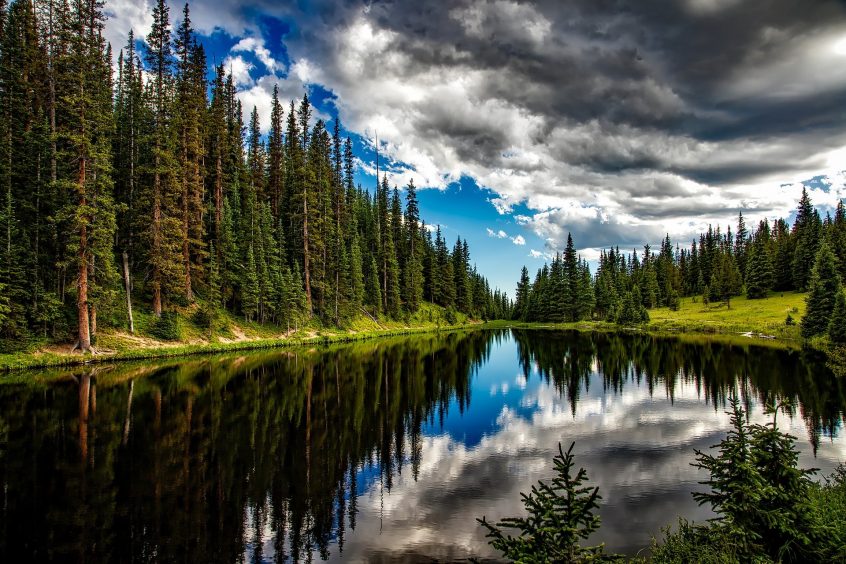Time to hit the pause button on unfolding the history of what Frederick Dellenbaugh called ‘The Romance of the Colorado River.’ I got a reminder from a reader of these posts, who appreciates the history but is more concerned with ‘what our future will look like.’ A good reminder – I did say, at the beginning here, that exploring ‘how to live in the Anthropocene’ is the basic objective of these posts. The coversheet above, from a popular song at the turn of the 20th century is probably not evocative of the way most of us feel here at the ‘Dawn of the Anthropocene.’ It might be important, however, to point out a distinction that might also be a difference; we are probably not at the Dawn of the Anthropocene today. The climatologists, geologists and other scientists who are in general agreement that a single species of life on earth has been, however naively, imposing planet-scale changes on the Earth, … Read More
Romancing the River 3: A River to Love but Sometimes Really Dislike
‘Man, during all his wanderings in the struggle for subsistence, has universally found [the rivers] his friends and allies…. ‘By contrast, it is all the more remarkable to meet with one great river which is none of these helpful things, but which is a veritable dragon, defiant, fierce, opposing utility, refusing absolutely to be bridled by Commerce, perpetuating a wilderness, prohibiting mankind’s encroachments…. – Frederick Dellenbaugh Romance of the Colorado River My great-grandfather James Short came into the valley of the North Fork of the Gunnison River in 1883, two years after the Ute Indians had been force-marched from the Gunnison River valleys to reservations straddling the Colorado-Utah border. He was 24, and came with his mother Margaret Ann Short Sheppard, his stepfather William Sheppard, brother Frank and sister Cora. The family left Ohio in 1880 for Kansas, then came on to Colorado two years later. What moved Euro-Americans in the 19th century to load their lives into a wagon, … Read More
Romancing the River 2: Manifest Destiny meets the Great American Desert
In the last post, I unabashedly advanced the hypothesis that most of what happened in the Colorado River region, over the past century and a half, might have been the consequence of a cultural microbe that spread through the system from the ‘fabled Hassayampa,’ an intermittent Colorado River tributary in Arizona: ‘of whose waters,’ according to desert writer Mary Austin, ‘if any drink, they can no more see fact as naked fact, but all radiant with the color of romance.’ This could explain many things, throughout the West, that seem inexplicable to Americans today, for whom the drinking water has been cleansed of all life including the Hassayampa bug, and who therefore cannot understand why or how earlier generations could have done what we have done with and to the River. A ‘romance’ is not necessarily a love story, although it will always involve passionate feelings. The first book about the Colorado River and its modern history was Frederick Dellenbaugh’s … Read More
Romancing the River 1: The Romance of Science
As we’ve seen over the past several posts here, humans have inhabited the region of what we now know as the Colorado River, Rio Colorado, River of Color, for ten or twelve millennia – in small wandering bands most of that time, hunters and foragers; then as their numbers grew in the mellow Holocene, they became settled farmers with increasing levels of regional socioeconomic organization to handle even larger numbers – then their increasingly complex cultures collapsed under still growing numbers, with great population loss, and the survivors went back to small farming communities; some even went back to hunting and foraging. The remaining relatively stable first peoples in the region of the river were then disrupted half a millennia ago by invasions of Europeans experiencing their own homeland Holocene population explosions. Crossing the Atlantic Ocean, first from southern Europe, then mostly from northern Europe, and armed with guns and germs, they – we – overran and either destroyed or … Read More
Working with the Counterrevolutionaries: The Sawmill
Back (almost) to the present, in this meandering journey over the life and times of the Colorado River region. This is a followup on the last post, which posed the perspective that the westward expansion of Western Civilization across North America was a territorial contention between two big cultural paradigms. Dominating the contention was the fossil-fueled Industrial Revolution out to convert the vast resources of the continent into economic wealth for all who were willing to ‘help themselves.’ The other idea in play was an Agrarian Counterrevolution of locally sufficient farming communities with more modest but less articulated ideas of the rich life, mostly trying to stay ahead of the Industrial Revolution and out of its way as they fumbled toward Thomas Jefferson’s semi-articulated vision of a decentralized grassroots democracy run by a ‘natural aristocracy’ of educated farmer-citizens. In the (un)settling of the west slopes of the Southern Rockies – the headwaters of the Colorado River – the Anglo-European invasion … Read More
Westward the Curse of Empire: Two More American Cultures come to the River
The third and final human invasion of the Colorado River region in the Holocene came from the east, from England and Europe and their Atlantic Coast colonies. The native peoples of the first invasion (10-11 thousand years ago from Asia via that Bering land-bridge) had risen up against the Spaniards of the second invasion, from Europe 500 years ago, and kicked them out in 1821 (Christian calendar). But that same year, the cultural compass in the Hispano-Mexican El Norte began to shift toward the east with William Bucknell’s mapping of the Santa Fe Trail from Kansas City. In 1846, the Euro-Americans picked a fight with Mexico that they won in 1848, which gave them all the Hispano-Mexican lands north of the Rio Grande and Gila Rivers, including all but the last 100 miles of the Colorado River Basin. The Santa Fe Trail and Gila River became a southern route to the California gold fields after 1848, with a community growing … Read More
The Search for the Seven Cities of Gold
In the last post here, I cobbled together an ‘Anthropocene variant’ on the rise and fall of civilizations, suggesting that the rise of advanced cultures was less a triumph of creative upward striving, and more a matter of beleaguered people engaging in creative problem-solving to deal with the challenge of populations outgrowing their systems for feeding and otherwise nurturing the people. A friend from Minnesota responded with a link to a 1987 essay by American scientist and philosopher Jared Diamond that went beyond my mere skepticism about the ‘discovery of agriculture’ as a great step forward in the stories we tell ourselves. Titled ‘The Worst Mistake in the History of the Human Race’, Diamond argued, as did I, that people took up agriculture ‘not by choice but from necessity in order to feed their constantly growing numbers.’ He cited evidence indicating that this choice actually lowered the standard of living for the farming people, due to a reduced variety in … Read More
A Story about Early Times in the Colorado River Region and the Traumas of Success
Recent posts here have mostly been about the Colorado River – its chaotic origins, the source of its waters, and the things that happen to its waters immediately after falling onto the Southern Rockies, the geology it has carved, the biota it has nurtured. It should be no surprise, given that geography of climatic and geological circumstances, that the river has a very erratic water supply; with its headwaters nearly a thousand miles from the ocean, big north-south mountain ranges taking most of the water en route from the ocean, and big subtropical high pressure ridges of dry air in free fall stalking the whole region, it is almost miraculous that any water makes it here at all. Looking at historical numbers, the river’s annual flow has averaged around 14.8 million acre-feet (maf) through the 20th century – a quantity that the Mississippi River pours into the Gulf of Mexico every few days. But even that average is deceptive; the … Read More
Wintering up the East River
Going up to the East River valley this week, a tributary to the Gunnison and eventually the Colorado River. But no lecture today. I realize I’ve been pontificating a little in these postings. My Gunnison friend Mike calls me ‘Perfesser’ – which harks up memories from fifty years ago of my first editor, also named Mike, at the Mountain Gazette, who occasionally opened his critique of something I’d submitted by observing that ‘this one came from Uncle George the Pedant’… So this week I’m just reflecting on an experience from fifty years ago. I realized that the winter of 2021-22 is the 50th anniversary of a move, with my partner then Barbara and our 8-month-old son Sam, from downtown Crested Butte eight miles up the road to the old townsite of Gothic in the valley of the East River, to be the winter caretakers for the Rocky Mountain Biological Laboratory (RMBL, pronounced ‘rumble’ locally). Barbara and I at the time … Read More
The Water: Where does it all go?
The previous post here ended with the observation, from the 2020 Western Water Assessment Colorado River science study, that around 170 million acre-feet of water fall on the Colorado River Basin – but only 14-17 million acre-feet end up in the actual river. Where does the other 90 percent go? And a corollary question: for such a water-stressed river basin, is there any way to get some of that lost water in the river? We observed earlier that Planet Earth is at just the right distance from the sun for water to exist as a solid, liquid and vapor; recall too that virtually all land-based life depends on it vaporizing from the salty ocean (leaving the salts behind), and then falling over the land as freshwater precipitation, liquid and solid. And the transformations between states are a function of temperature, solar intensity and wind – which means that in a time of rising ambient temperatures, water’s predilection for the vaporous … Read More
